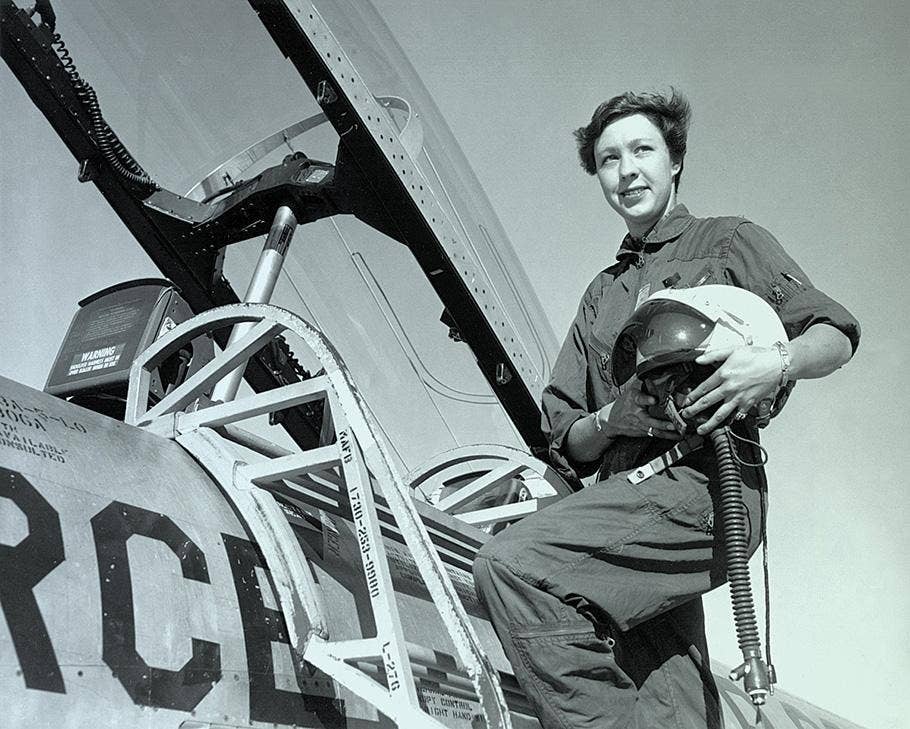Here’s When ‘Odysseus’ Is Expected to Land on the Moon
The IM-1 mission represents the first U.S. lunar landing in more than 50 years.

Concept image of Intuitive Machines Nova-C lander. [Courtesy: Intuitive Machines]
Landing Time Update: Intuitive Machines flight controllers decided to add an additional orbit prior to beginning the IM-1 mission landing sequence. The new expected landing time is 6:24 p.m. EST.
Intuitive Machines’ Nova-C robotic lunar lander Odysseus is on track to execute the first U.S. moon landing in more than 50 years on Thursday, according to the company.
The private IM-1 mission, which launched on SpaceX’s Falcon 9 rocket February 15 at NASA’s Kennedy Space Center in Florida, is headed to the South Pole region of the moon as part of the agency’s commercial lunar payload services (CLPS) initiative and Artemis campaign.
The mission comes a little more than a month after the failed attempt of Astrobotic’s Peregrine Mission One to become the first American CLPS spacecraft to reach the moon’s surface.
On Thursday afternoon, Odysseus will take that title, according to Intuitive Machines.
The private aerospace company updated its projection for landing in a mission update Thursday. "Flight controllers chose to exercise an additional orbit before starting the IM-1 mission landing sequence. The new anticipated landing time is 1724 CST" or 6:24 p.m. EST, it said.
On Saturday, Intuitive Machines released the first images from the IM-1 mission, showing Oydysseus’ journey toward the moon with the Earth in the background.
According to the company, flight controllers commanded the first planned trajectory correction maneuver on Sunday, igniting the lander's engine for the second time. On Monday morning, controllers also completed all NASA and commercial transit payload operations, it said.
On board Odysseus are six NASA payloads that will conduct research and collect data to better understand the lunar environment, beginning before the lander touches down on the moon’s surface. According to the space agency, instruments will measure the quantity of cryogenic engine fuel as it is used en route, and precision landing technologies will be tested during Odysseus' descent. When the lander reaches the moon’s surface, it will then focus on space weather, lunar surface interactions, and radio astronomy, NASA said.
On Wednesday, however, Odysseus faces what Intuitive Machines calls its "largest challenge to date"—lunar orbit insertion.
"Odysseus continues to be in excellent health, and flight controllers are analyzing and managing the lander’s thermal conditioning for critical systems and payloads with a combination of heater power and attitude control to maximize efficiency," the company said.
The lunar landing anticipated Thursday will be livestreamed here.

Subscribe to Our Newsletter
Get the latest FLYING stories delivered directly to your inbox






